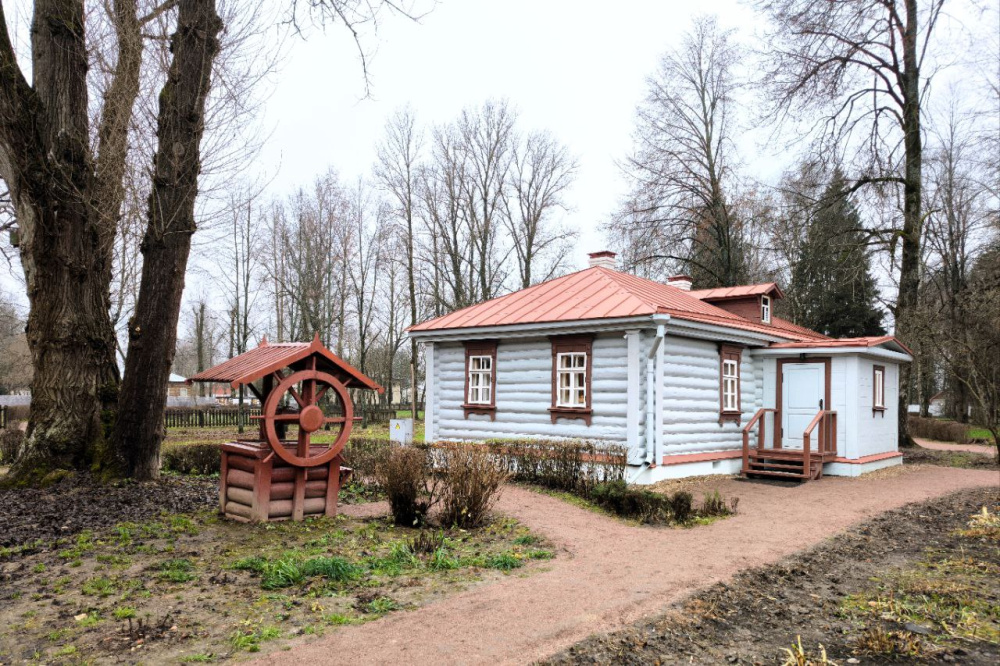ABOUT THE EXHIBITION
When artist Sorokhtin was the owner of the real estate and lived in the manor, their kitchen was in the Main House. Due to this reason, Anton Pavlovich was bothered by cooking smells coming from the cookery process: "My father burnt incense, I spread stench of turpentine. Aromatic smells are coming from the kitchen. I have a headache. There is no privacy."
By good fortune, there was an old hut for servants next to the main house, so they decided to move the kitchen there for a short time.
"It's awfully lots of trouble. We clean, wash and paint… We are moving the kitchen from the house to the servants' hut," Anton P. Chekhov wrote to Alexey S. Suvorin on March 6th, 1892. A year later, Anton Pavlovich informed his sister: "We have bought a log-house frame for the kitchen and ordered another log-house frame for a separate wing."
In the diary of Pavel Egorovich Chekhov in 1893, an entry appeared which read: "July 14. The kitchen got broken up. They are building a new one." And soon Chekhov's servants had a house-warming party. "July 28. We moved to a new kitchen," the father wrote in his diary.
There was a Russian stove in one part of the log house. Here, they cooked and stored some food supplies. Lady-cook Maria Dormidontovna Belenovskaya was in charge of the kitchen here. The Chekhov family took her away with them from their Moscow apartment. She lived with the Chekhovs for a very long time, and was the cater-cousin in their home. Anton Pavlovich in his letters kindly called her - Maryushka, grandmother, and the old lady. She had lived out her days with Maria Pavlovna Chekhova later in Yalta.
The maids lived in the other side of the house. They separated a part of the corridor, where was a window looking to the South, and arranged a small greenhouse there for growing seedlings.
In the 1920s, after the nationalization of the estate, the so called local Poor Peasants' Committee started selling estate outbuildings. Chekhov's kitchen was sold to the local village as well. As many as two timber huts came out of the former kitchen at that. The Simanov sisters took one part of the kitchen house, and the other part was taken by Skvortsov. In 1957, the old Simanov sisters died, and the museum bought their timber hut from their relatives. This was a spacious room that was previously occupied by maids of the Chekhov household. The second part of the kitchen wing was also preserved in the village, but it was so rebuilt and changed in construction that there was no reason to move it to the museum site. Therefore, this section of the kitchen had to be restored by the Museum.
Today, the furnishings in the kitchen are reminiscent of Chekhov's time. On the shelves, benches and in the closet there were utensils used for cooking and storing food products: pots, milk jugs, hollowed-out tap tubs for storing cereals and flour. These household items were collected by the museum staff in Melikhovo and in every village round. In addition, museum visitors often brought here some old things as gifts as well.



